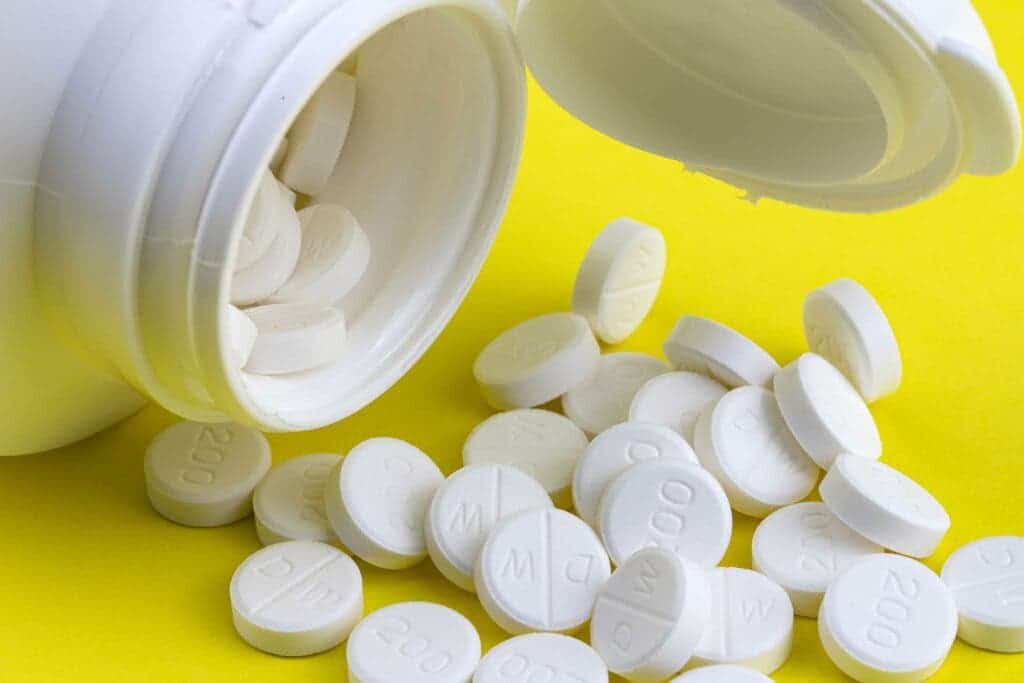
Studies have shown time and time again that for most normal, healthy people, dietary supplements are virtually useless but that doesn’t stop people from throwing money at the $60 billion global industry. In some extreme cases, however, it’s not just money that people are losing — it’s also their health.
In a new observational study published in BMJ this week, doctors describe a case study in which a middle-aged man from the UK took more than 375 times the daily dose of Vitamin D for months and had to be hospitalized due to severe overdose symptoms.
At a high enough dose, any vital nutrient can become a poison
Vitamin D plays a critical role in the human body, regulating calcium and phosphate levels in the blood — essential nutrients that we need to keep our bones, teeth, and muscles healthy. But vitamin D isn’t a nutrient that will simply flush away if your body gets too much of it. As it helps with the absorption of calcium, too much vitamin D may mean that calcium ends up in other parts of the body, such as in non-bony tissue.
Doctors urge people not to take high doses of vitamin D, as it could have harmful effects. The safety ceiling is often considered to be 100 micrograms (4,000 International Units) of vitamin D a day; any more, and it could be harmful. Children should not have more than 50 micrograms (2,000 IU) a day. Unfortunately, one patient had to learn this the hard way.
The patient with hypervitaminosis D, as the condition is known, had recurrent vomiting, nausea, abdominal pain, leg cramps, tinnitus (ringing in the ear), dry mouth, increased thirst, diarrhea, and lost 13 kg (28 pounds) in the three months he experienced these symptoms until he finally caved in and went to the hospital. The symptoms started showing up around a month after taking 150,000 IU of vitamin D (the daily requirement is 10 micrograms or 400 IU), along with 20 other over-the-counter supplements, including vitamin K2, vitamin C, vitamin B9, vitamin B6, vitamin B2, folate, and omega-3, as well as other vitamins, minerals, nutrients, and probiotics.
This extreme supplement regime was taken on the advice of a nutritional therapist, which gives to show that just because someone’s job title contains ‘therapist’ that doesn’t make them a medical authority.
When doctors ran tests, they found seven times the normal level of vitamin D in his blood, as well as highly elevated levels of calcium and magnesium. His kidneys showed signs of malfunctioning, including the formation of calcium stones, and the patient was immediately admitted to the hospital for eight days, during which time he was given intravenous fluids and drugs that flush vitamin D out of his system and lower excessive calcium levels in the blood.
Even two months after the patient was discharged the vitamin D levels were still abnormally high, although calcium levels returned to normal.
According to Dr. Alamin Alkundi, an endocrinologist at William Harvey Hospital in East Kent in the UK and co-author of the report, there is a growing trend of hypervitaminosis D, especially among women, children, and surgical patients. The endocrinologist adds that there is this pervasive myth that you cannot possibly overdose on supplements, which is obviously not true. You can overdose and possibly risk death on any nutritional agent, including water.
“Given its slow turnover (half-life of approximately 2 months), during which vitamin D toxicity develops, symptoms can last for several weeks,” warn the authors.
Although hypervitaminosis D can be a serious condition and cases are on the rise, the authors note that it is still relatively uncommon. You need to take extremely high doses over long periods of time to experience symptoms. Even so, it’s better to stay on the safe side.
Doctors recommend healthy people should not supplement with vitamin D, which is easily obtained from eating foods like oily fish and wild mushrooms, as well as exposure to sunlight. Calcium and vitamin D supplements can prevent fractures in people who need them, such as older adults, whereas pregnant women can benefit from certain vitamins, such as folic acid, which is essential for healthy fetal development. Some people are vitamin D deficient during the winter when there’s little sunlight, but it’s better you take a blood test first and not self-medicate in advance.
“This case report further highlights the potential toxicity of supplements that are largely considered safe until taken in unsafe amounts or in unsafe combinations,” the authors of the case study concluded.









